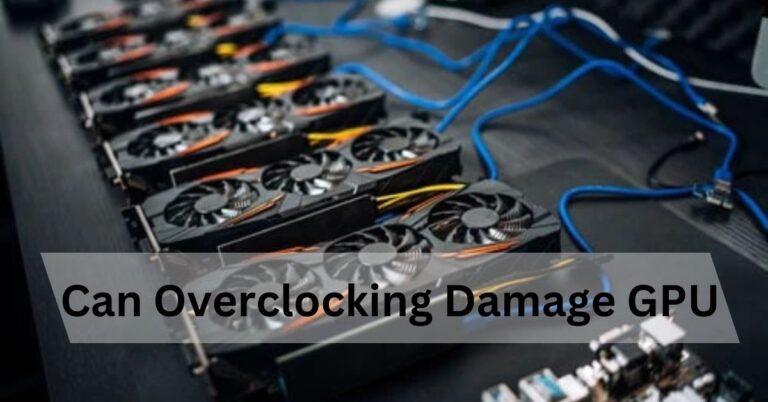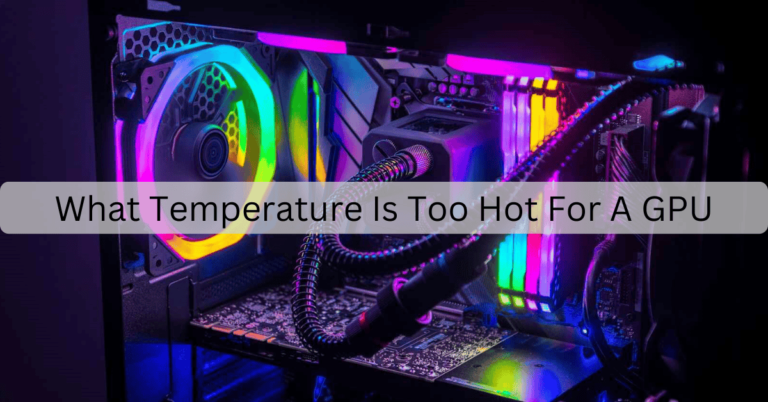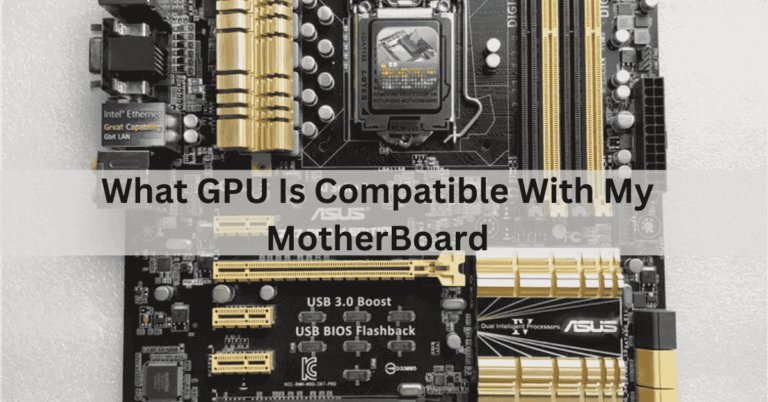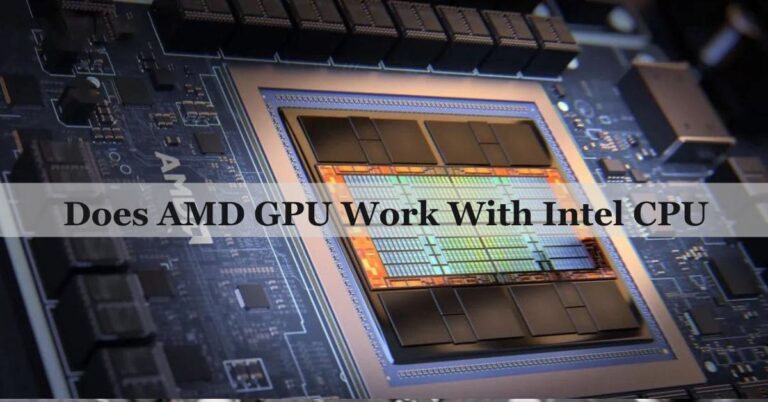Does It Matter What PCIe Slot I Use For GPU – Simple Guide Inside!
I wondered if choosing a specific PCIe slot for my GPU would make a difference, so I tested it out myself. Here’s what I learned about how slot choice affects performance!
Yes, the PCIe slot you use for your GPU can affect performance. For best results, install your GPU in the primary (usually top) PCIe x16 slot, which offers the highest bandwidth and optimal performance.
In this article, we’ll explore if it matters which PCIe slot you use for your GPU. You’ll learn why slot choice can impact performance and how to pick the best option for your setup.
Why Your GPU’s PCIe Slot Can Make a Big Difference!
The PCIe slot you choose for your GPU can have a significant impact on its performance. Most motherboards have multiple PCIe slots, but not all of them offer the same speed or bandwidth. The primary PCIe x16 slot typically provides the best performance, as it offers the maximum bandwidth required to fully unleash your GPU’s potential, especially for demanding tasks like gaming or 3D rendering.
Using a lower-speed PCIe slot can limit your GPU’s performance, even if the card itself is powerful. In some cases, you may not notice a drastic difference in everyday tasks, but for high-performance applications, such as video editing or gaming at high settings, using the right slot can ensure smoother operation and prevent bottlenecks. Choosing the right PCIe slot helps you get the most out of your GPU.
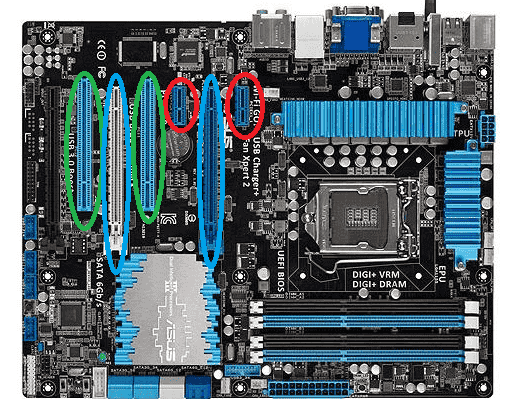
Choosing the Best PCIe Slot for Your GPU!
When choosing the best PCIe slot for your GPU, the primary factor to consider is the slot’s version and bandwidth. Most modern GPUs perform best in a PCIe x16 slot, typically the top slot on your motherboard. This slot offers the highest bandwidth, allowing your GPU to operate at full speed, especially for demanding tasks like gaming, video editing, and 3D rendering.
It’s important to place your GPU in the slot closest to the CPU for optimal performance. While secondary PCIe slots may work, they often have lower bandwidth, which can lead to performance bottlenecks. By selecting the best PCIe slot, you ensure your GPU runs at its full potential, giving you a smoother and faster computing experience.

Does PCIe Slot Selection Affect Your GPU’s Performance?
PCIe Slot Bandwidth and GPU Performance:
The PCIe slot you use for your GPU directly impacts its performance. PCIe x16 slots provide the highest bandwidth, allowing the GPU to transfer data quickly. Using a lower-speed PCIe slot can slow down the communication between the GPU and motherboard, resulting in lower overall performance, especially for demanding tasks like gaming or video editing.
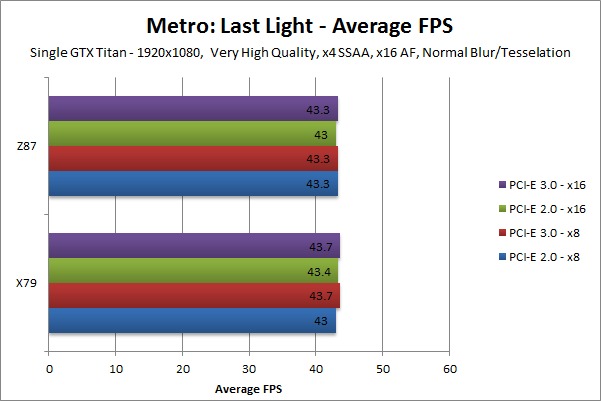
Primary PCIe Slot vs. Secondary Slots:
The primary PCIe x16 slot, typically located closest to the CPU, offers the best performance. Secondary PCIe slots may have less bandwidth, which can create a bottleneck in data transfer, reducing the GPU’s ability to perform at its best. For the best performance, always install your GPU in the first PCIe x16 slot.
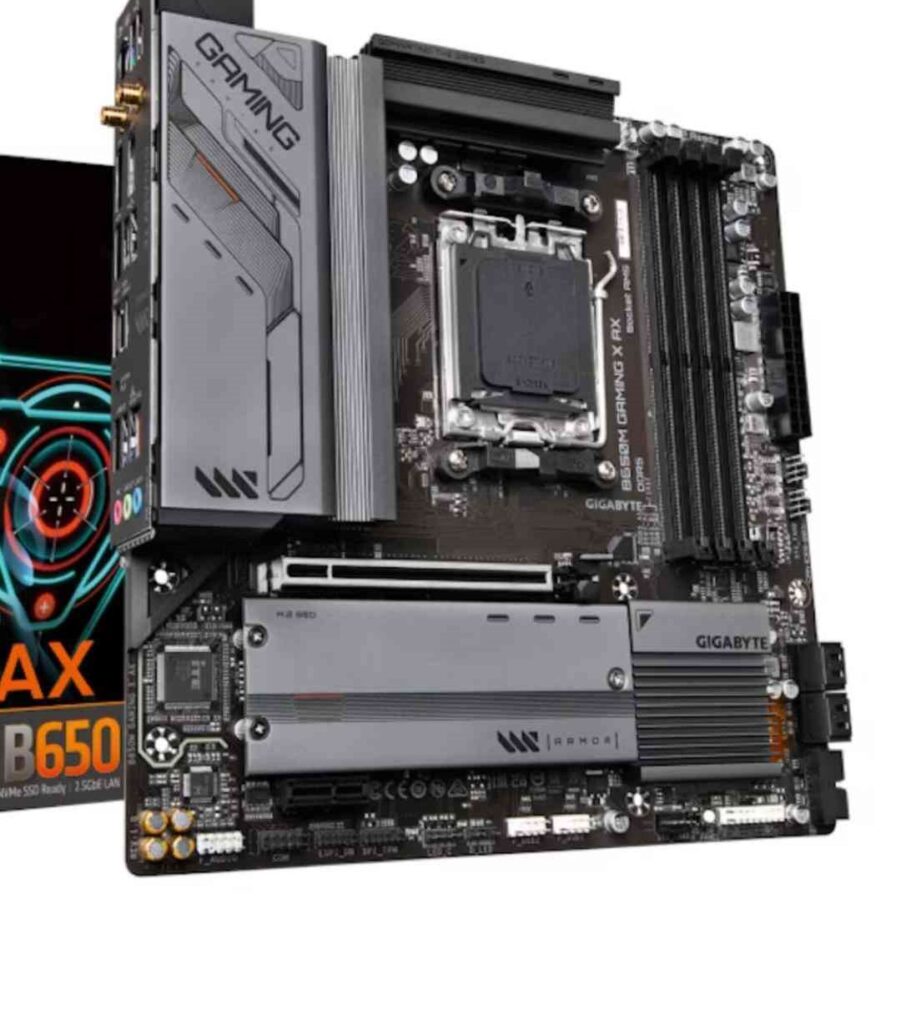
Avoiding Bottlenecks with the Right Slot:
Choosing the right PCIe slot helps avoid performance bottlenecks. A bottleneck occurs when data transfer between the GPU and motherboard is slower than what the GPU can handle, causing it to underperform. By placing your GPU in the correct PCIe x16 slot, you can prevent these slowdowns and maximize performance.

What You Need to Know About PCIe Slots for Your GPU!
PCIe slots are essential for connecting your GPU to your motherboard, and choosing the right one can make a big difference in performance. The most common and fastest slot for GPUs is the PCIe x16 slot, which offers the highest bandwidth, allowing your GPU to perform at its best. If your motherboard has multiple PCIe x16 slots, it’s usually best to place your GPU in the one closest to the CPU, as it typically offers the most bandwidth.
While secondary PCIe slots may work for your GPU, they often operate at lower speeds, which can limit performance in demanding tasks. It’s important to avoid using PCIe slots with lower bandwidth if you want to avoid bottlenecks and ensure your GPU runs smoothly. Knowing how each PCIe slot impacts your GPU’s performance helps you make an informed decision and get the best out of your hardware.
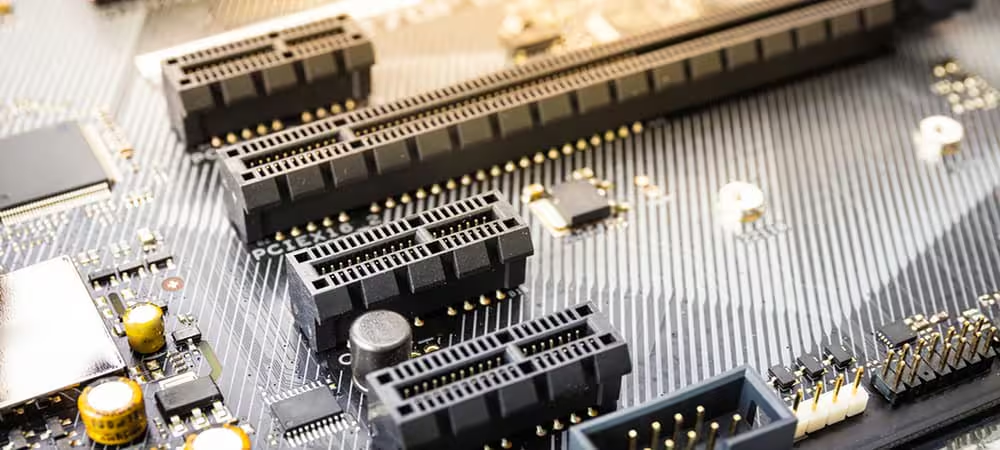
How to Maximize GPU Power by Choosing the Right PCIe Slot?
Understand the PCIe Slot Types:
- PCIe x16 slots provide the highest bandwidth, making them ideal for GPU performance.
- Lower-speed slots (like PCIe x8 or x4) may limit GPU performance, especially for demanding tasks.

Use the Primary PCIe x16 Slot:
- The top PCIe x16 slot on most motherboards typically offers the best bandwidth.
- This slot is usually the optimal choice for gaming, video editing, and other GPU-heavy applications.
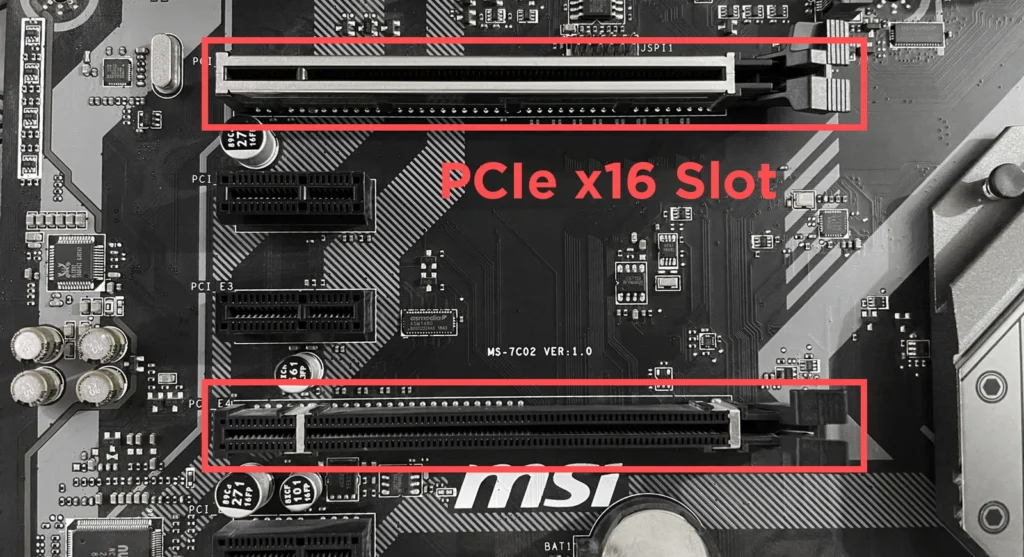
Check Motherboard Compatibility:
- Ensure your motherboard supports PCIe 3.0 or PCIe 4.0 for faster data transfer rates if your GPU supports it.
- Some older motherboards may limit GPU performance due to slower PCIe versions.

FAQs:
What is the best PCIe slot for my GPU?
The best PCIe slot for your GPU is usually the PCIe x16 slot that is closest to your CPU. This slot provides the highest bandwidth, ensuring your GPU works at its full potential.
Can I use any PCIe slot for my GPU?
While you can technically use any PCIe slot, using the primary PCIe x16 slot is recommended for optimal performance. Other slots may have lower speeds that can slow down your GPU.
Does the PCIe version matter for my GPU?
Absolutely, the PCIe version (such as PCIe 3.0 or PCIe 4.0) plays a significant role. A newer version offers faster data transfer speeds, which can improve GPU performance, especially in demanding tasks like gaming.
What happens if I put my GPU in a slower PCIe slot?
If you put your GPU in a slower PCIe slot, it might not perform as well as it could. You may notice slower performance in games, video rendering, or other graphics-heavy applications.
Can I improve GPU performance by changing the PCIe slot?
Yes, moving your GPU to the primary PCIe x16 slot can improve performance. This slot provides the most bandwidth, which is especially important for high-performance GPUs.
Is there any reason to use a secondary PCIe slot for my GPU?
There’s generally no reason to use a secondary PCIe slot unless you have a multi-GPU setup or limited space on your motherboard. Otherwise, the primary slot is usually the best option.
Can using the wrong PCIe slot cause issues with my GPU?
Yes, using a lower-speed PCIe slot can cause performance issues like lag, lower frame rates, or crashes, especially in demanding applications that require fast data transfer.
Should I worry about PCIe slots if I’m not gaming or doing heavy tasks?
If you’re using your computer for light tasks like web browsing or office work, the PCIe slot won’t make much of a difference. However, for gaming or video editing, the slot choice is more important.
Do all GPUs require the same PCIe slot?
Most modern GPUs require a PCIe x16 slot for optimal performance. However, some lower-end or older GPUs might work in slower PCIe slots without much of an impact on performance.
How do I know if my GPU is running at full speed?
To check if your GPU is running at full speed, you can use monitoring tools like MSI Afterburner or GPU-Z. These tools show the GPU’s current bandwidth and performance, helping you determine if it’s being limited by the PCIe slot.
Final Words:
In conclusion, the PCIe slot you choose for your GPU can significantly impact its performance. To get the best results, always install your GPU in the primary PCIe x16 slot, which provides the highest bandwidth. This ensures your GPU can operate at full speed, giving you a smoother, faster experience in tasks like gaming, video editing, and 3D rendering.



